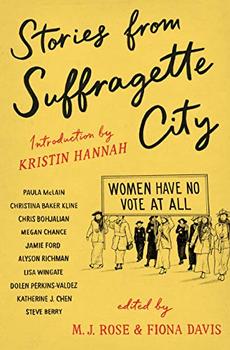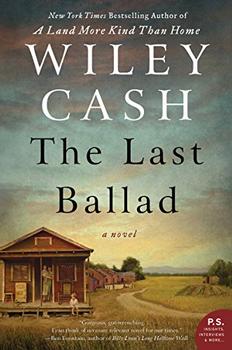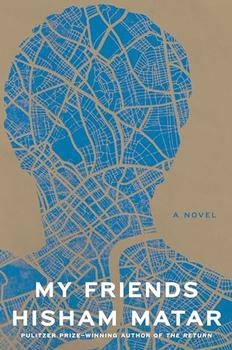Summary | Excerpt | Reviews | Beyond the book | Read-Alikes | Genres & Themes | Author Bio

Amid the drama of the suffragette movement in Edwardian London, the disappearance of a famous trapeze artist in the middle of her act leads a young Fleet Street reporter to an underworld of circus performers, fetishists, and society columnists.
London, 1912.
The suffragette movement is reaching a fever pitch, and Inspector Frederick Primrose is hunting a murderer on his beat. Across town, Fleet Street reporter Frances "Frankie" George is chasing an interview with trapeze artist Ebony Diamond. Frankie finds herself fascinated by the tightly-laced acrobat and follows her to a Bond Street corset shop that seems to be hiding secrets of its own. When Ebony Diamond mysteriously disappears in the middle of a performance, Frankie and Primrose are both drawn into the shadowy world of a secret society with ties to both London's criminal underworld and its glittering socialites.
How did Ebony vanish, who was she afraid of, and what goes on behind the doors of the mysterious Hourglass Factory? From newsrooms to the drawing rooms of high society, the investigation leads Frankie and Primrose to a murderous villain with a plot more deadly than anyone could have imagined.
Excerpt
The Hourglass Factory
Twinkle, Frankie's writing partner whose name was printed significantly larger than hers on their shared column, lived just off the Edgware Road. The rich strawberry red of her building meant that the turn-off was always easy to find. A whiskered porter let Frankie into the hydraulic lift and she rose with a jerk. In the safety of the metal cage she sniffed herself. She had the whiff of public house on her, tobacco and beer. Twinkle would probably try to attack her with the eau de toilette. She wrinkled her nose. So long as it wasn't violets.
The crank lifted to a halt on the top floor, glowing in the dainty yellow light. There was no one about. Frankie had never seen anyone coming or going in her visits to Twinkle. The whole place had an eerie quiet about it, nothing like her own lodgings on Percy Circus where there was always a noisy communist meeting going on upstairs, or an Italian family shouting at each other in the street. She ...
Early 20th Century London glitters in Ribchester’s hands. Her Edwardian world is colorful and risqué. Characters are described with sharp, physical details and they spring to life on the page. From the aging courtesan, holding court from her bed in her London mansion, to Milly the snake-charmer; from the Houses of Parliament to the Bow Street magistrates court, The Hourglass Factory is a delight to the senses...continued
Full Review
 (461 words)
(461 words)
(Reviewed by Kate Braithwaite).
In her novel, The Hourglass Factory, Lucy Ribchester has included some notable figures and episodes from the history of the women's suffrage movement in early 20th century Britain.
Emmeline Pankhurst
 Emmeline was born in Manchester, England in 1858, to a family with radical political leanings. At the age of twenty-one, she married Richard Pankhurst, a lawyer and advocate of women's rights. They had five children, several of whom later became active in the suffrage movement. Richard Pankhurst died suddenly in 1898 but Emmeline did not lose her appetite for reform. In 1903 she founded the Women's Social and Political Union (WSPU), an organization committed to activism to promote the cause of votes for women. Their activities ...
Emmeline was born in Manchester, England in 1858, to a family with radical political leanings. At the age of twenty-one, she married Richard Pankhurst, a lawyer and advocate of women's rights. They had five children, several of whom later became active in the suffrage movement. Richard Pankhurst died suddenly in 1898 but Emmeline did not lose her appetite for reform. In 1903 she founded the Women's Social and Political Union (WSPU), an organization committed to activism to promote the cause of votes for women. Their activities ...

If you liked The Hourglass Factory, try these:

by M.J. Rose, Fiona Davis
Published 2022
Stories from Suffragette City is a collection of short stories that all take place on a single day: October 23, 1915.

by Wiley Cash
Published 2018
The New York Times bestselling author of the celebrated A Land More Kind Than Home and This Dark Road to Mercy returns with this eagerly awaited new novel, set in the Appalachian foothills of North Carolina in 1929 and inspired by actual events.




The low brow and the high brow
Click Here to find out who said this, as well as discovering other famous literary quotes!